LSS1-4:
From Molecules to Organisms: Structures and Processes
Characteristic animal behaviors and specialized plant structures
that increase the odds of reproduction
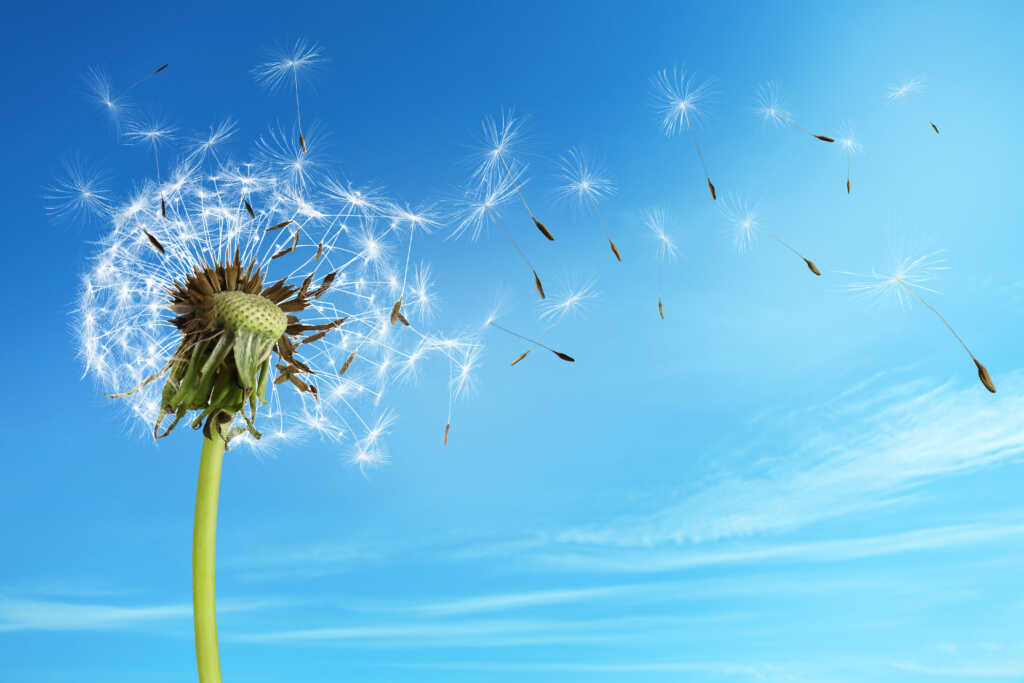
What specialized structures of a dandelion increase its odds of reproduction?
Explain why dandelions can spread very quickly.
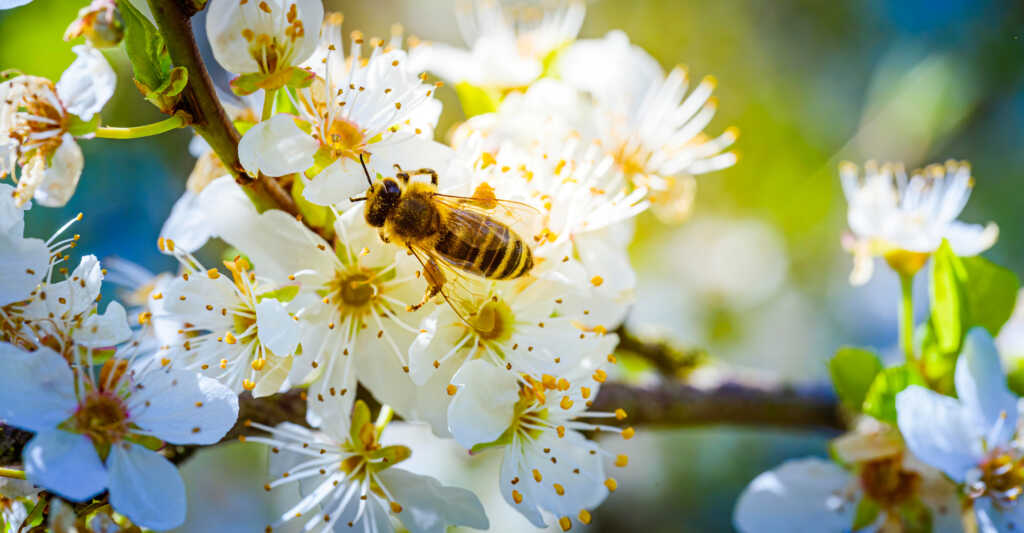
What specialized structures of the white cherry tree blossom increase its odds of reproduction?
During the winter months, humpback whales leave their feeding grounds in cold waters and migrate to warmer waters near the equator for breeding and calving.
During the summer months, humpback whales migrate back to the colder waters near the poles to feed.
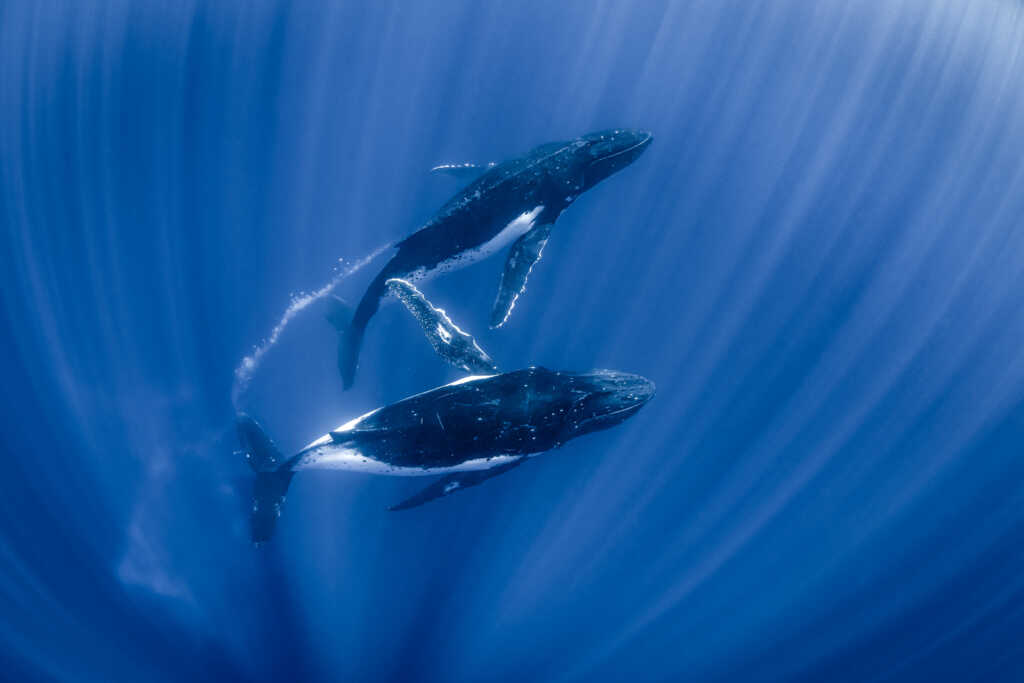
How does the migration of humpback whales increase their odds of reproduction?
Coral can reproduce sexually by releasing gametes (reproductive cells) into water during mass spawning events. They can also reproduce asexually by through budding, where a single coral polyp is divided into two or more genetically identical offspring.
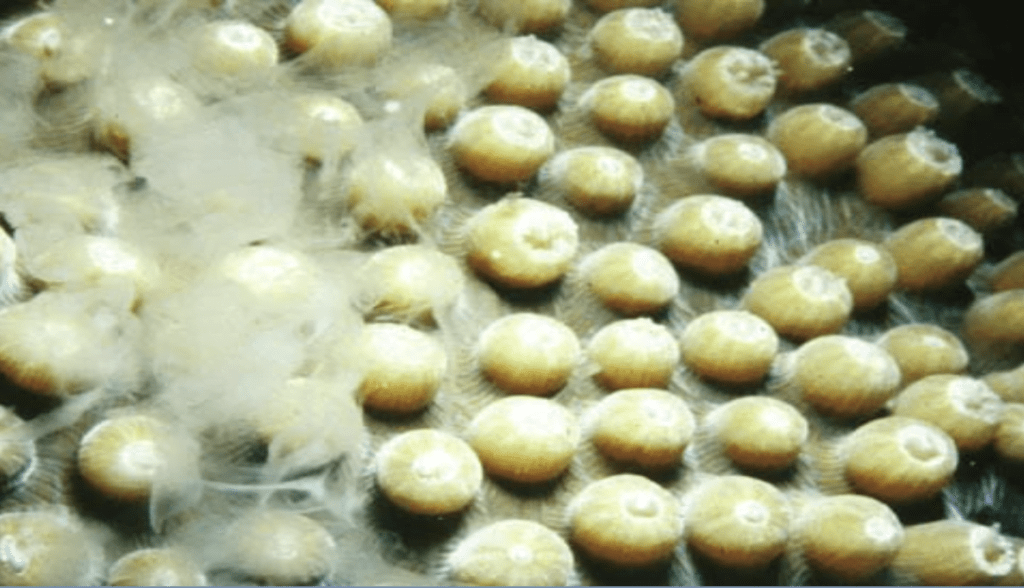
Explain why it’s an advantage for coral to be able to reproduce sexually and asexually.
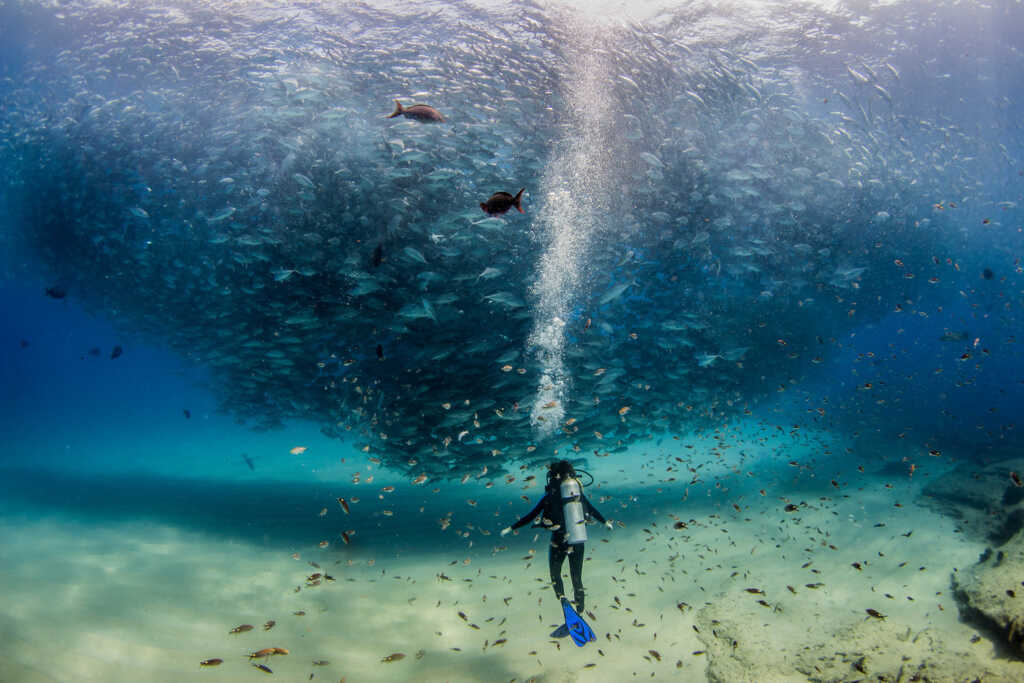
Why do you think fish swim in big schools like shown in the image above?
How does this behavior increase the odds that the fish population will thrive?
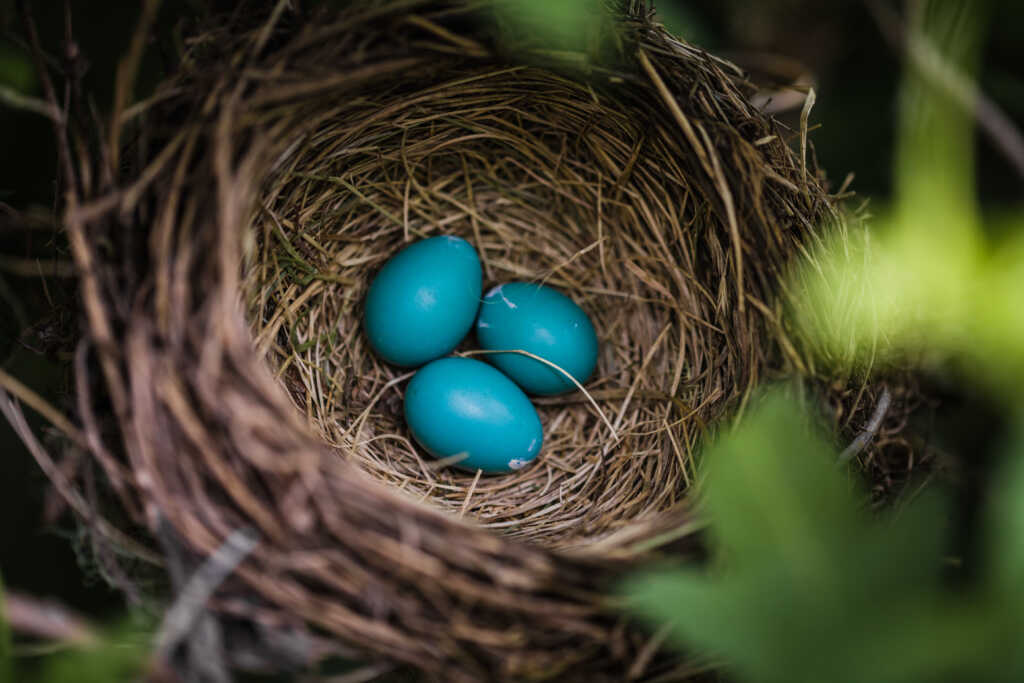

What do robin parents do to increase the odds that its offspring survive?
Kangaroos give birth to relatively undeveloped young. At birth, a kangaroo joey is only about the size of a jellybean, and its eyes, ears, and limbs are not fully developed.
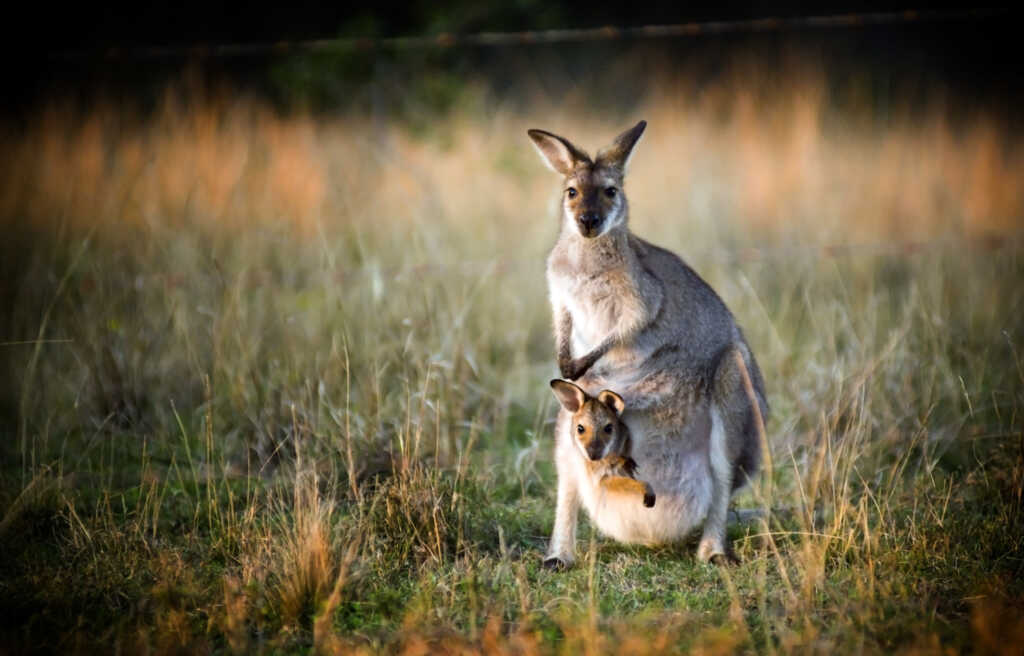
Why do you think a kangaroo mother carries her young joey in her pouch?
How does this increase the odds that the young joey will grow up strong and healthy?
